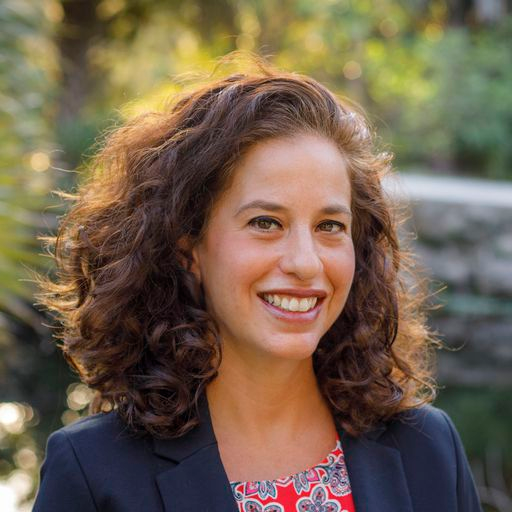For the second time since taking office, President Joe Biden has raised the cap on refugees allowed into the country. And while faith groups are appreciative, they asking for more.
On Oct. 1, Biden raised the refugee cap to 125,000. That’s up from the 62,000 ceiling the president announced in May. The Trump administration set the limit at a historically low 15,000.
While leaders of faith-based organizations told the Deseret News this week that they welcomed the return to historic norms of refugees admitted into the United States, some felt the number too low.
“We are glad that the refugee ceiling was raised to 125,000 but we as a community were advocating for a refugee ceiling of 200,000 to reflect the global needs for resettlement including for the thousands of at-risk Afghans we left behind,” said Jenny Yang, World Relief’s senior vice president of advocacy and policy.
The Afghans who have arrived here in the wake of the U.S. troops pulling out of that country and a subsequent Taliban takeover might not be counted among the 125,000. Afghans are classified not as refugees, but as humanitarian parolees, according to the National Immigration Forum. The Haitian immigrants who have arrived in the United States via the southern border with Texas are also unlikely to be impacted by the change in the refugee cap, the New York Times reported last month.
Remarking that there are an estimated 20.8 million refugees according to the United Nations, Joan Rosenhauer, executive director of Jesuit Refugee Service/USA, said, “We were both pleased and disappointed with that number. … The disproportion between nearly 21 million people and 125,000 is huge.”
Calling 125,000 “a worthy goal,” Yang and others expressed concern about the country’s ability to meet that goal, in addition to resettling the humanitarian parolees from Afghanistan.
Explaining that the resettlement program was decimated under the Trump administration, leaders of faith-based organizations said that the resettlement network essentially needs rebuilding from the ground up.
“There’s a huge amount of work that needs to be done — by this administration, by Congress, by the American public, by the resettlement agencies. To get to that number you don’t flip on a switch and expect that 125,000 people will arrive,” said Melanie Nezer, senior vice president of public affairs of HIAS.
The low refugee ceiling under Trump translated to low congressional funding, said Anthony Granado, vice president of government relations for Catholic Charities USA. Now that the refugee cap has been raised, Congress needs to appropriate the necessary funds.
Because refugees are vetted overseas before they are even allowed to enter the United States, the government will also need to ramp up its capacity to process applications and conduct the necessary interviews overseas.
Leaders of faith-based organizations agreed that the need to rebuild America’s refugee resettlement network is symptomatic of larger, persistent problems in the way that America handles immigration.
“Our immigration system is fundamentally broken,” said Granado. Not only does this impact refugees, it impacts asylum seekers and other migrant groups, as well.
“We need to reinstate our asylum process — it’s something that has been very much undermined under the previous administration,” said Joan Rosenhauer, executive director of the Jesuit Refugee Service/USA.
Rosenhauer pointed to problems at the southern border that could prevent asylum-seekers from living in the U.S., in particular Title 42. An obscure piece of public health law that was dusted off and enforced by the Trump administration to prevent immigrants from crossing the border, Title 42 is being used under the current administration to address the spread of COVID-19 among migrants — depriving people with legitimate asylum claims from entering the country and starting the process of seeking asylum, Rosenhauer said.
That people need to make a dangerous journey to the United States to request asylum is one of the many things that need to change about America’s immigration system more generally, said Matthew Soerens, World Relief’s U.S. director of church mobilization.
“While we believe it is vital that we respect our asylum laws and give due process to all those seeking asylum, we also believe that there should be more functional avenues for legal migration accessible closer to home, without the necessity of an often-dangerous journey across Mexico and sometimes several other countries,” Soerens said. “Those legal processes should include a more robust refugee resettlement program for those fleeing a credible fear of persecution as well as more employer- and family-sponsored visas for those who are fleeing economic hardship.”
Nezer remarked that America should implement an immigration system that considers the country’s employment needs in respect to our aging population. “We need to be in conversation with other countries,” she said, adding that Americans need to be in conversation with each other to come up with bipartisan solutions.
“Unfortunately, our Congress has not been up to the task,” she said, adding that the country needs to have a “real conversation” to “make our immigration laws humane and useful and effective.”


 alt=Mya Jaradat
alt=Mya Jaradat